Introduction
In the realm of comfort food, few dishes can match the warmth and satisfaction that a hearty stew brings to the table. Among the myriad of stew recipes, daikon and pork ribs stew stands out as a timeless classic, blending the earthy sweetness of daikon (white radish) with the rich, savory flavors of pork ribs. This dish is not only a delight for the taste buds but also a nutritional powerhouse, offering a balance of vitamins, minerals, and proteins. Whether you’re a seasoned chef or a novice in the kitchen, learning how to make daikon and pork ribs stew can be a rewarding culinary endeavor. This guide will take you through every step of the process, ensuring that your stew is both delicious and nutritious.
Understanding the Ingredients
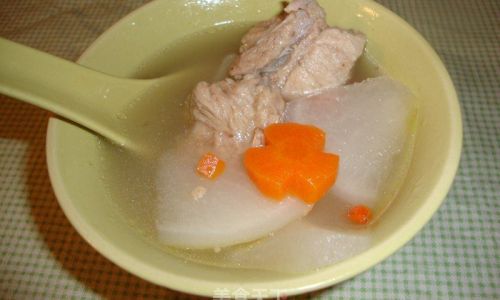
Before diving into the recipe, it’s crucial to understand the key ingredients and their roles in the dish.
Daikon (White Radish): Daikon is a large, white, cylindrical root vegetable with a mild, slightly sweet flavor and a crisp texture when raw. When cooked, it becomes tender and takes on the flavors of the other ingredients, making it an excellent base for stews. Daikon is also known for its digestive benefits and ability to aid in detoxification.
Pork Ribs: For this stew, pork spare ribs or baby back ribs are ideal. They offer a perfect balance of meat and bone, providing both flavor and texture. The bones add richness to the broth, while the meat becomes tender and flavorful during the slow cooking process.
Aromatics and Seasonings: Garlic, ginger, onions, and green onions are essential for building the foundation of flavors in the stew. Soy sauce, rice vinegar, sesame oil, and black pepper provide depth and complexity to the dish. Optionally, you can add star anise, cinnamon sticks, or cloves for an additional layer of aroma and flavor.
Broth: A good quality broth or stock is vital for any stew. You can use homemade pork broth, chicken broth, or vegetable broth. If using store-bought, opt for low-sodium versions to better control the seasoning.
Preparation and Cooking Techniques
Now, let’s break down the steps to make a perfect daikon and pork ribs stew.
Step 1: Preparing the Ingredients
-
Clean and Trim the Daikon: Peel the daikon with a vegetable peeler and slice it into thick rounds or half-moons, depending on your preference. The thicker pieces will hold their shape better during cooking.
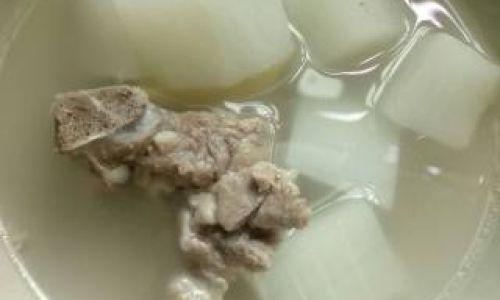
-
Prepare the Pork Ribs: Rinse the pork ribs under cold running water to remove any blood or impurities. Pat them dry with paper towels. You can cut the ribs into smaller sections if they are particularly large, making them easier to handle and ensuring even cooking.
-
Chop the Aromatics: Peel and mince the garlic and ginger. Finely chop the onions and green onions, separating the whites and greens for later use.
Step 2: Blanching the Pork Ribs
Blanching helps to remove excess fat, impurities, and blood from the pork ribs, resulting in a cleaner, clearer broth.
- Fill a large pot with water and bring it to a rolling boil.
- Add the pork ribs to the boiling water and let them cook for about 3-5 minutes. Use a spoon to skim off any foam or scum that rises to the surface.
- Remove the ribs using a slotted spoon and rinse them under cold water to stop the cooking process. Drain well and set aside.
Step 3: Sautéing the Aromatics
Sautéing the aromatics releases their flavors and creates a flavorful base for the stew.
- Heat a large, heavy-bottomed pot or Dutch oven over medium-high heat. Add a tablespoon of vegetable oil.
- Once the oil is hot, add the chopped onion whites, garlic, and ginger. Sauté until the onions are translucent and the aromatics are fragrant, about 2-3 minutes.
Step 4: Building the Stew Base
Now, it’s time to combine all the ingredients and start cooking the stew.
- Add the blanched pork ribs to the pot, arranging them in a single layer if possible.
- Pour in enough broth to cover the ribs by about 2 inches. If you prefer a thicker stew, you can reduce the amount of broth slightly.
- Add the daikon pieces, ensuring they are submerged in the broth.
- Season with soy sauce, rice vinegar, and a drizzle of sesame oil. Add black pepper to taste. If using star anise, cinnamon sticks, or cloves, add them now.
- Bring the mixture to a gentle boil, then reduce the heat to low. Cover the pot and let the stew simmer gently for about 1.5 to 2 hours, or until the pork ribs are tender and the daikon is cooked through.
Step 5: Finishing Touches

The final steps involve adjusting the seasoning and adding a touch of freshness to the stew.
- Taste the broth and adjust the seasoning with more soy sauce or salt if needed. The flavors should be balanced, with a hint of sweetness from the daikon and a savory depth from the pork and aromatics.
- Remove the pot from heat. If you used whole spices like star anise or cinnamon sticks, fish them out at this point.
- Add the chopped green onions to the stew, stirring gently to incorporate. The fresh green onions will add a burst of color and a mild onion flavor.
- Optionally, you can garnish the stew with a drizzle of extra sesame oil and a sprinkle of chopped fresh herbs like parsley or cilantro.
Serving and Enjoying
Serve the daikon and pork ribs stew in large bowls, ensuring each serving has a mix of meat, daikon, and broth. Pair it with a side of steamed rice or noodles to soak up the delicious broth. This stew is perfect for cold weather, making a comforting and satisfying meal that the whole family will enjoy.
Storage and Reheating
Leftover stew can be stored in an airtight container in the refrigerator for up to 3 days. To reheat, place the stew in a pot on the stove over low heat, stirring occasionally until heated through. You can also reheat individual servings in the microwave.
Conclusion
Making daikon and pork ribs stew may seem like a time-consuming process, but the results are well worth the effort. This dish is not only a culinary delight but also a testament to the art of slow cooking, where patience and time transform simple ingredients into something extraordinary. With its rich flavors, tender meat, and nutritious ingredients, this stew is a perfect example of how food can nourish both the body and the soul. So, the next time you’re in the mood for a comforting, hearty meal, give daikon and pork ribs stew a try. You won’t be disappointed.
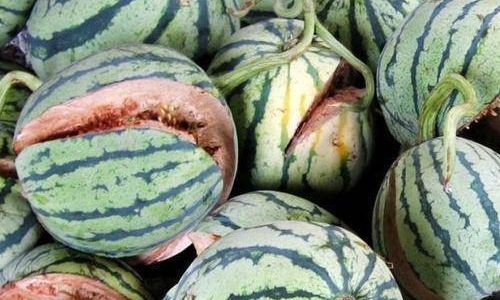



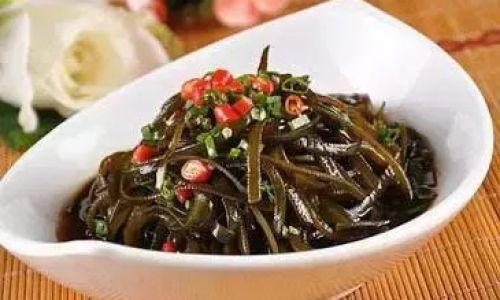
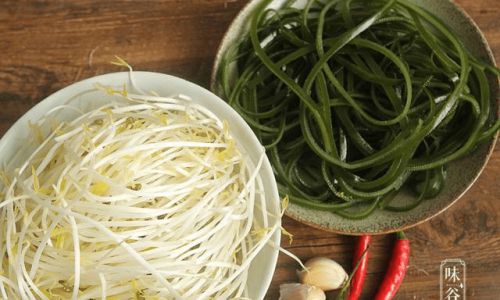
0 comments